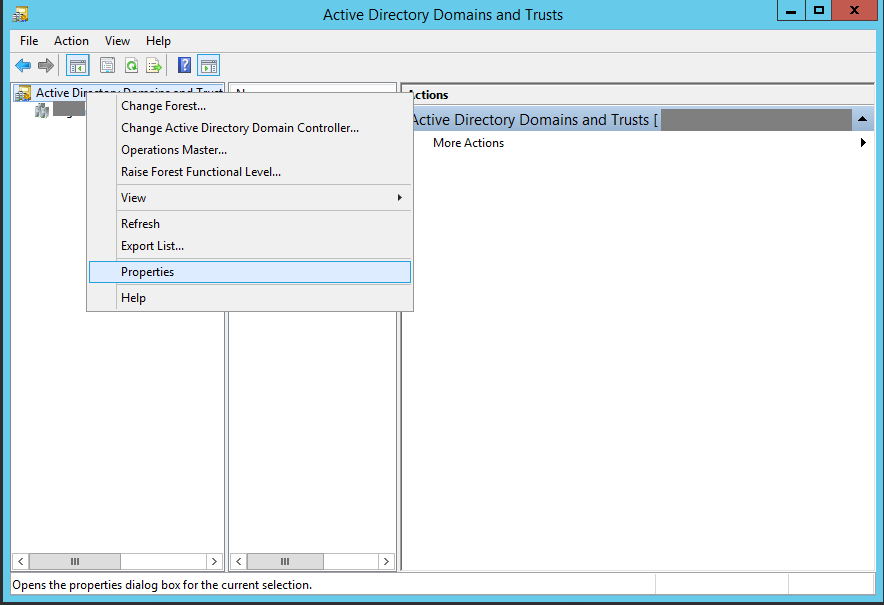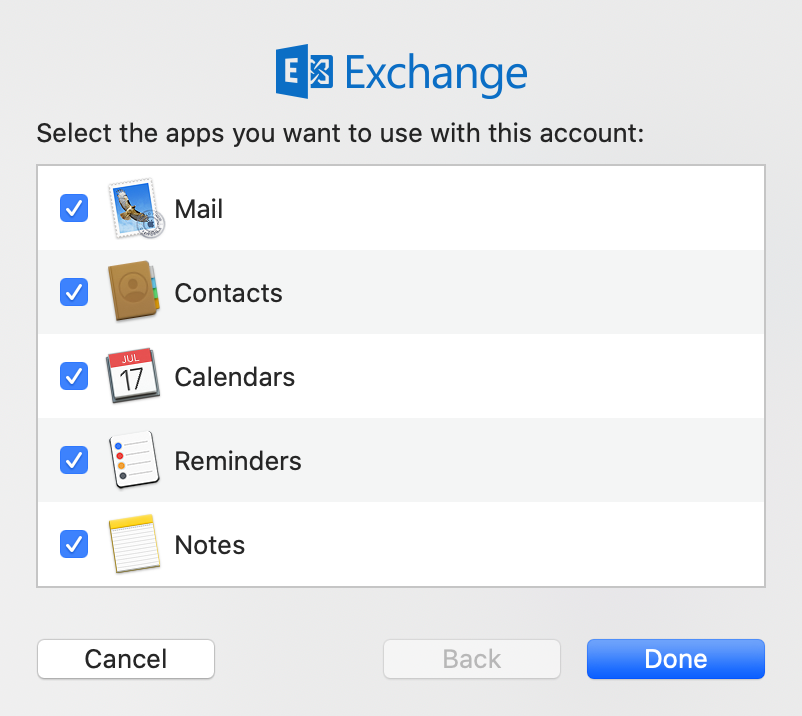

- Mac mail exchange internal server path windows domain full#
- Mac mail exchange internal server path windows domain plus#
We wanted to give organizations a way to continue issuing SSL to internal server names and reserved IPs without the need to run an internal CA, rely on self-signed certificates, or obtain a company-specific private CA, so we created IntranetSSL. renewal reminders/reports, centralized reporting and inventory management, APIs to fully automate certificate issuance and delegated user administration) with the flexibility of continuing to support internal servers and applications. This way you get all the benefits of a hosted CA solution (e.g.

Mac mail exchange internal server path windows domain plus#
The last approach is arguably the best if you don’t want to, or can’t migrate to FQDNs because you can continue using your current CA portal to manage all of your SSL Certificates in one place - Extended Validation (EV), Organization Validated (OV), plus those issued under non-public roots for internal use. Obtaining SSL Certificates under non-public roots from your trusted CA provider – this is a good option if you want to continue using unqualified names, but don’t want to run your own CA or rely on self-signed certificates.It teaches users to ignore important browser warnings which can lead to security issues if they accept self-signed certificates outside of their company. Using self-signed SSL Certificates – however, this is only good in very limited environments (e.g.Setting up and running your own enterprise CA – however, this comes with the costs of procuring, configuring and running your own CA and OCSP services.Migrating to registered domain names - a good long term option and allows you to continue getting certificates from your preferred trusted CA provider.So what can you do if you have servers with internal names and/or reserved IPs that you want to secure with SSL? There are a couple options: Options for Internal or Local SSL Certificates Since that name is not unique, anyone could potentially obtain a certificate for “ bring it into the corporate network and combined with local name spoofing, impersonate the enterprise’s real mail server to gain access to all email contents.įor more explanation on the dangers of internal names and reserved IPs in public SSL Certificates and background on their deprecation, check out this white paper from the CA/Browser Forum. For example, consider a scenario where an organization uses “ for their mail system. many companies may have an internal mail system at the address “ There is also potential for misuse if publicly trusted certificates were to include these non-unique names.


Why Aren't Internal Server Names and Reserved IPs Allowed in Publicly Trusted SSL?įor one, this is because these names are not unique and are used internally, so there is no way for a CA to verify that the company owns them (e.g.
Mac mail exchange internal server path windows domain full#


 0 kommentar(er)
0 kommentar(er)
